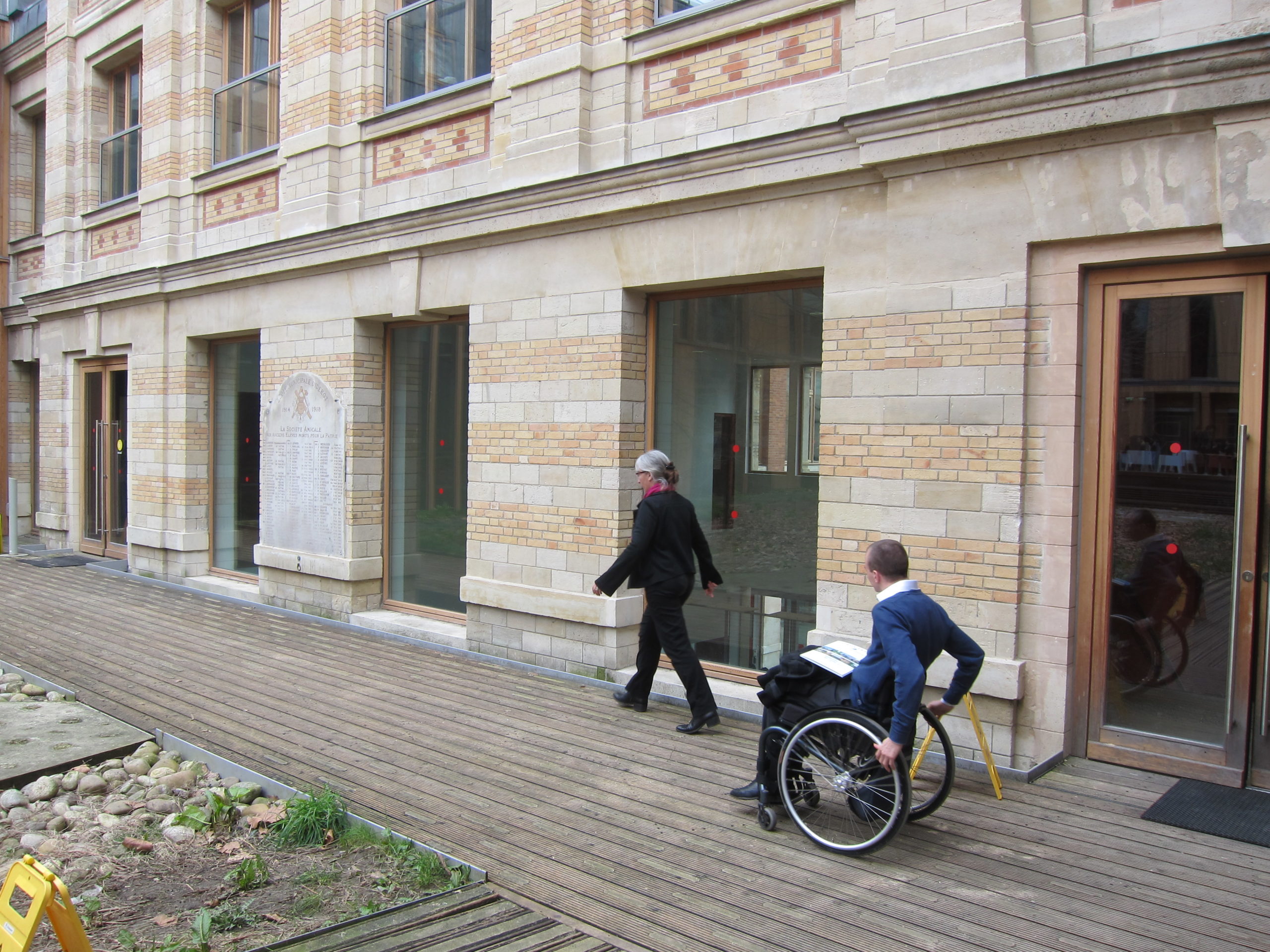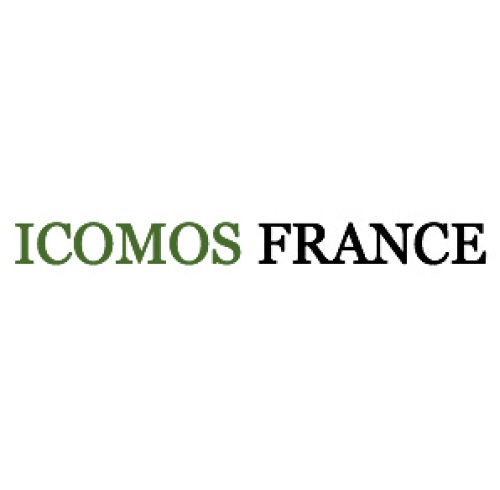
Patrimoine et accessibilité
Patrimoine et accessibilité : comment rendre accessibles à tous, les villes, les monuments et les sites protégés en Europe ?
Symposium européen les 21 et 22 mars 2013
A l’école nationale d’architecture de Paris Belleville – 60 boulevard de la Villette 75019 Paris
Par le groupe de travail Patrimoine et normes
Comment concilier accessibilité et protection des patrimoines entre contraintes réglementaires et architecturales ? Comment effacer les obstacles à l’accessibilité dans les monuments historiques et les grands sites en France et ailleurs ? Comment comprendre que des monuments ou des sites inscrits au patrimoine mondial, dans une recherche d’universalité et de rapprochement des cultures, puissent être interdits d’accès à certaines catégories de publics ? Comment faciliter l’accès à tout pour tous sans dénaturer le caractère patrimonial des bâtiments et de leur environnement ? Comment différents pays européens concourent-ils à ces objectifs qui a priori peuvent apparaître contradictoires ?
Telles sont les principales questions auxquelles ce colloque se propose de répondre.
En effet, pour vivre la ville ensemble, il devient impératif de trouver une adéquation entre les enjeux éthiques d’égalité des chances, l’acceptation de la diversité sociale, la demande d’accessibilité versus le devoir de mémoire, de préservation et de mise en valeur des patrimoines, des sites et des paysages. Il s’agit de trouver un équilibre entre partisans d’une protection défensive des monuments et des sites et ceux d’une ouverture très large à tous les publics au risque d’altération de ces patrimoines bâtis ou d’artificialisation des espaces naturels. L’accès à la culture, à la connaissance, aux loisirs des personnes handicapées relève d’une part, de l’aménagement et de la mise en conformité du cadre bâti, et d’autre part, de l’adaptation de l’offre aux publics concernés. Il s’agit tout autant de créer les outils d’une médiation culturelle adaptée à tous les handicaps que de sensibiliser et former les acteurs de ces avancées.
Différents témoignages à l’échelle de l’Europe permettront d’éclairer ces sujets pour affirmer des valeurs partagées sur les identités culturelles et la citoyenneté, et de dessiner les contours d’une société plus inclusive.
Héritage and accessibility
Heritage and accessibility : How to make the European architectural and urban heritage accessible to disabled people?
European Symposium on March 21-22 2013
Paris-Belleville National School of Architecture, 60 Bd de la Villette 75019 Paris
By the work group « Patrimoine et normes »
How to work together accessibility and protection of heritage while dealing with statutory and architectural requirements? How to break down the barriers to accessibility in historic monuments and cultural sites in Europe? How can one understand that sites or monuments on the World Heritage List, that are supposed to be universal and bring cultures together, can be inaccessible to some categories of people? How to facilitate an access to everything for all without spoiling the heritage value of buildings and their environment? How are European countries working towards these goals that can seem contradictory at first sight?
These are the main questions that this conference will seek to answer.
In order for all of us to enjoy the city, it has become essential to find a balance between the ethical issue of equal opportunity, the acceptance of social diversity, the demand for accessibility and the duty or remembrance, of preserving and promoting the heritage, sites and landscapes. It is about finding a balance between the supporters of a restrictive protection of monuments and sites, and those in favour of a free access for all types of visitors, at the risk of altering this built heritage or participating in the artificialisation of natural areas. The access to culture, knowledge and leisure for disabled people depends upon a better planning and accessibility works of the built frame, on the one hand, and on adapting the offer to the audience concerned, on the other hand. It is as much about creating the tools of a cultural mediation that is adapted to all kinds of handicaps, as it is about raising awareness and training the stakeholders.
Feedback from European case studies will shed light on these topics to assert the values that we share regarding cultural identities and citizenship, and in order to draw the shape of a more inclusive society.

